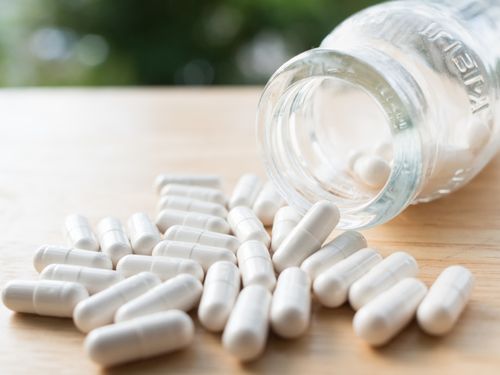
Low Dose Naltrexone
Low Dose Naltrexone (LDN) holds great promise for autoimmune diseases, central nervous system disorders, certain cancer types, and so much more
Low Dose Naltrexone (LDN) is used to regulate the immune system, providing a treatment option for diverse conditions with the common ability to benefit from increased levels of endorphins
What is Low Dose Naltrexone (LDN)?
Naltrexone is a drug that was approved by the FDA in 1984 to treat opiate dependencies. Dosages of 50-300mg reverse the effects of opioid overdose by binding to opioid receptors in the brain and blocking them. Low Dose Naltrexone refers to a daily dose less than 1/10th of that used to treat opioid addiction. At this lower dosage the drug performs differently, exhibiting anti-inflammatory actions and beneficial effects on the immune system.
What does LDN treat?
The medical conditions that can potentially be treated with LDN are numerous. Doctors around the world have been using it as an alternative therapy for decades, reporting tremendously positive responses for patients with a variety of conditions.
Since inflammation and immune dysregulation are at the root of many diseases, especially autoimmunity, clinicians are using it for a whole range of conditions involving inflammation and immune dysregulation. Evidence suggests that LDN can improve Crohn’s, IBS/IBD, Celiac, Ulcerative Colitis, Hashimoto’s, Grave’s, rheumatoid arthritis, lupus, eczema, psoriasis, MS, ALS, Lyme’s disease, chronic fatigue, fibromyalgia, and neurogenerative disorders such as Parkinson’s and Alzheimer’s. LDN is also used as a complementary medicine by functional specialists for certain cancers, HIV/AIDS, as well as for post-radiation salivary gland destruction, chronic allergic rhinitis, nerve damage, autism, shingles, weight management, infertility and migraines.
How does it work?
In short, LDN ‘tricks’ the body into healing itself. It is one of the rare drugs that actually helps the body to induce its own restoration, and as such, it gets to the root cause of the issue rather than simply treating (or masking) symptoms. It reduces inflammation and regulates the immune system, activating the body’s own natural defenses.
When taken at bedtime, LDN blocks opioid receptors for several hours, briefly obstructing the effects of endorphins (the brain’s natural painkillers). This is thought to up-regulate vital elements of the immune system by increasing the body’s natural production of opioids during sleep. The pituitary gland senses the endorphin deficit and signals for increased production of endorphins, which re-balances the immune system. This “rebound” effect persists throughout the next day, lasting around 18 hours. This only occurs with low dosages of naltrexone.
What are the side effects?
Very few side effects are associated with LDN. Temporary sleep disturbances and vivid dreams (usually limited to the first few days) are experienced by some patients, as well as some slight weight loss.
LDN is safe for almost everyone*; it is not addictive, and can be discontinued abruptly without harm or withdrawal.
*Special precautions should be taken for the following:
- People who regularly use opioid agonists (i.e. narcotic medications) should not begin taking LDN until such medication is entirely out of their system (approximately 10-14 days)
- Parkinson’s patients may require a medication dosage adjustment after a few months of LDN
- Patients who have received organ transplants taking immunosuppressive medication on a permanent basis are cautioned against use of LDN
- Anyone taking thyroid replacement for Hashimoto’s thyroiditis with hypothyroidism should begin with the lowest range dose (1.5mg for an adult). Because LDN frequently causes thyroid function to improve, we advise these patients to watch for development of hyperthyroid symptoms. If this occurs, the daily dosage of thyroid medication can be reduced to a more appropriate level.
How long does it take to work?
The response time to see desired effects varies by individual and type of medical condition. Many patients see significant improvement within the first couple of months, however, experts agree that eight months of therapy is necessary to see maximum benefit.
